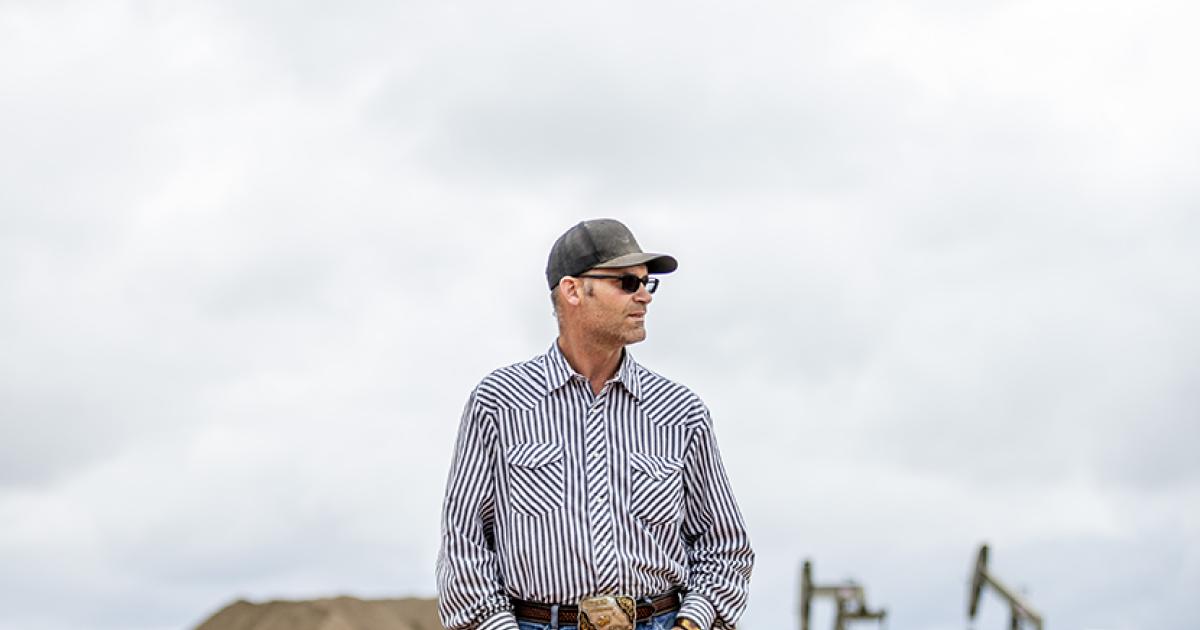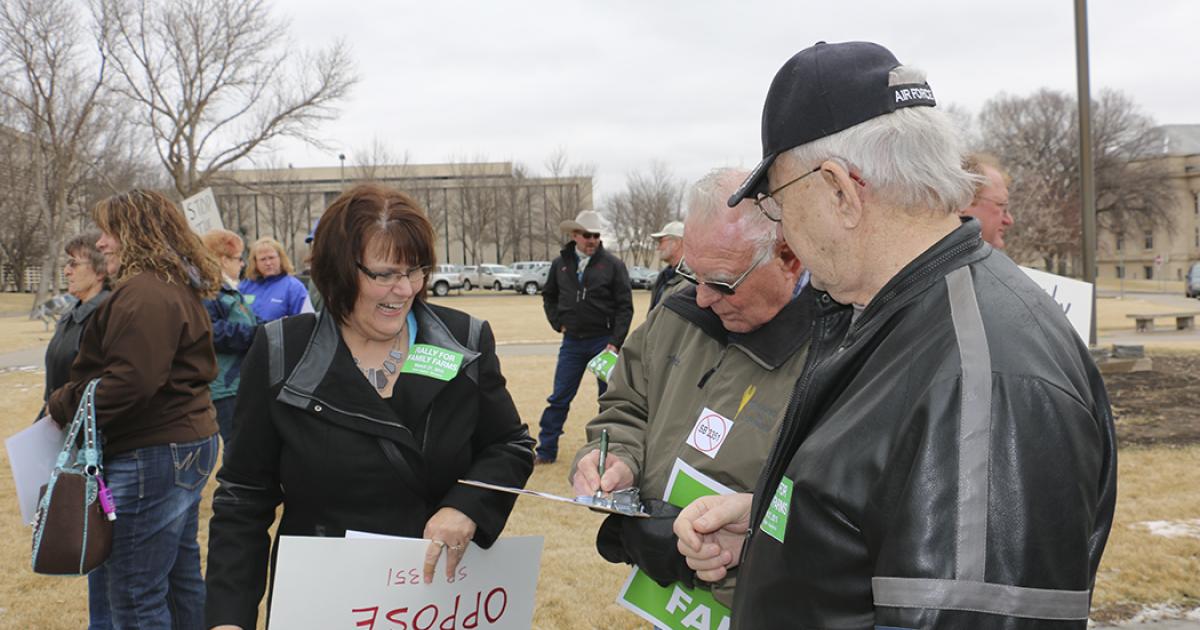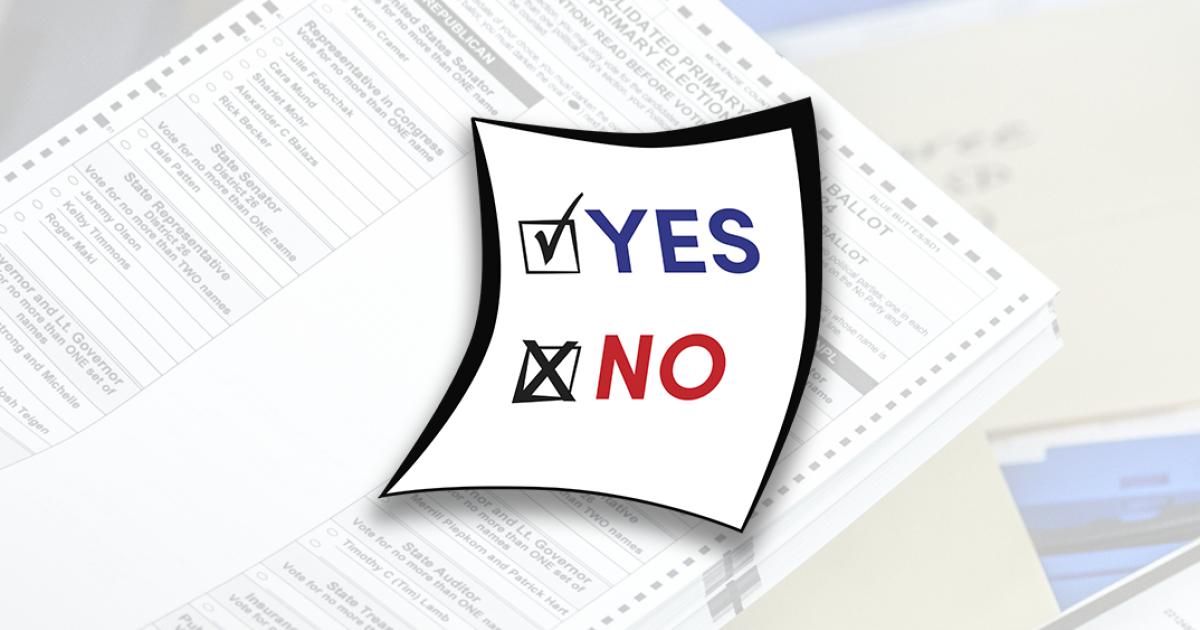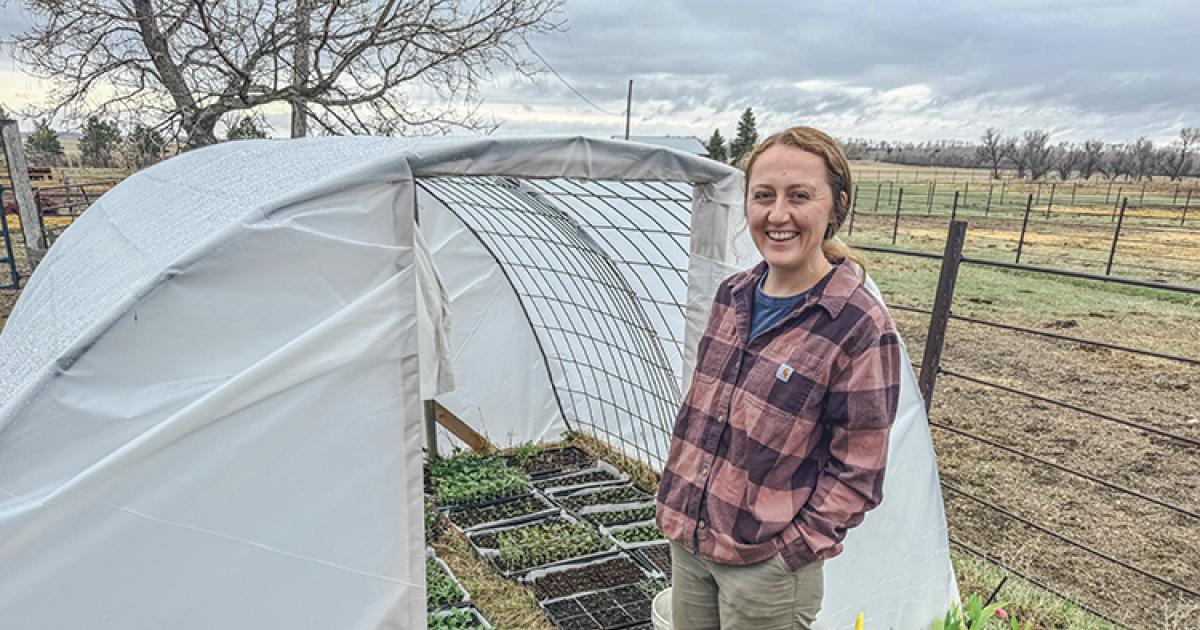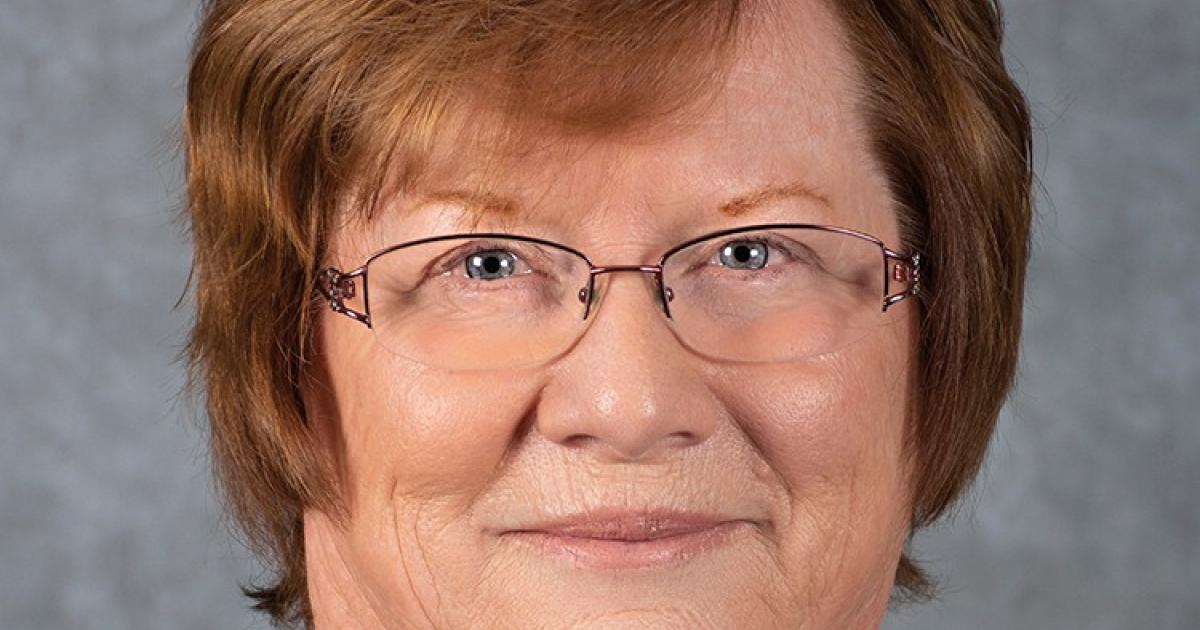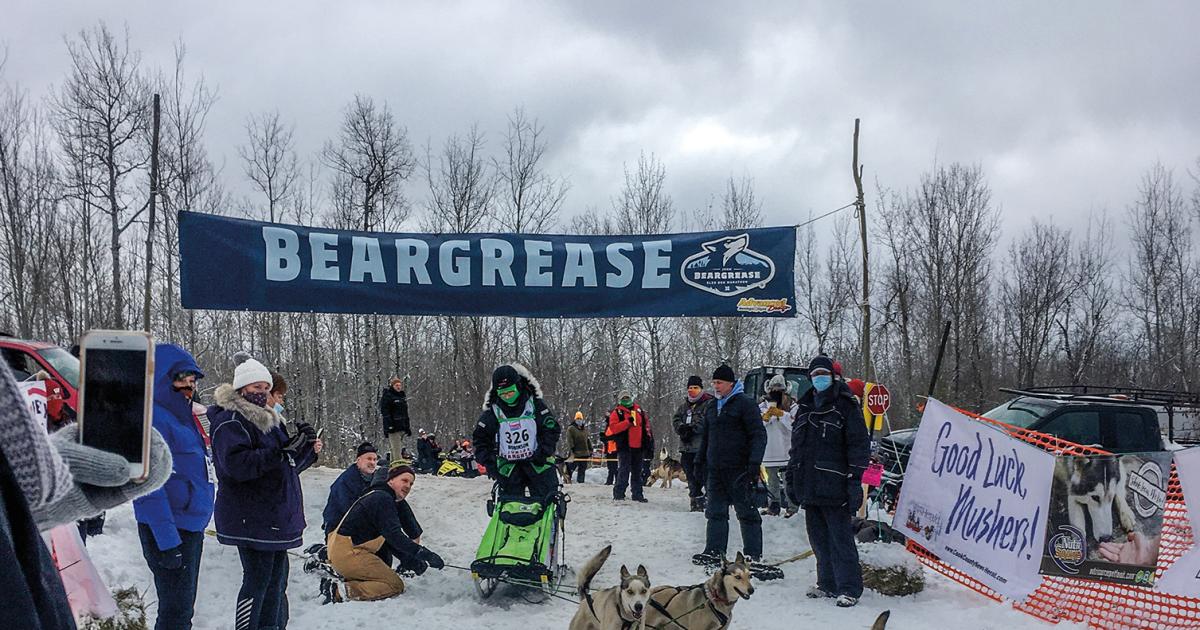What is your town known for?
Jamestown is the buffalo city. Bottineau takes “pride” in its ice cream. It’s hard to beat a steak in St. Anthony. And Stanley has the Sibyl Center, a small-town beacon of arts and culture.
For Bowdon, it was its meat plant and locker.
“There’s been a meat processing plant in Bowdon as long as anyone can remember, probably well over 100 years now,” says community member and local farmer Bob Martin.
Community
Service and sacrifice are two things Mike Steier understands well.
After graduating from New England High School, Steier volunteered in 2005 for a yearlong deployment to Iraq. Last year, he retired from the N.D. National Guard after 20 years of service.
After returning from Iraq and working as a farmhand, Steier went to Bismarck State College on the GI Bill and obtained his electrical lineworker degree. Shortly after, he was hired by Roughrider Electric Cooperative in Dickinson, and he’s worked for the co-op ever since.
You could drive from Watford City to New York City and the distance would be roughly the equivalent of the miles of roads maintained by McKenzie County in the western North Dakota oil patch.
“It’s right around 1,500 to 1,800 miles of roads with gravel and pavement,” says McKenzie County Road Superintendent Layton Northrop.
Howdy Lawlar has driven most of them.
Farming in his tractor or feeding his registered Black Angus cattle.
Driving to county commission meetings as chairman or responding to calls as a volunteer fireman.
A gardener, quilter and fourth-generation McKenzie County resident living on her grandparents’ homestead. A mom and trusted local real estate agent. A U.S. Air Force veteran and Montana transplant turned McKenzie County resident. A proud new dad and long-suffering Minnesota Vikings fan.
What do they all have in common? They are among the more than 3,000 North Dakotans who run North Dakota elections. And, they’re your neighbors.
Voting and elections provide a vehicle for citizens to change laws or introduce new ones they think would benefit their community.
With North Dakota’s ballot measure process, citizens can introduce a statewide ballot measure to change the North Dakota Constitution or state law. A statewide measure can be placed on the ballot by the Legislature or through a petition process initiated by the citizens of North Dakota.
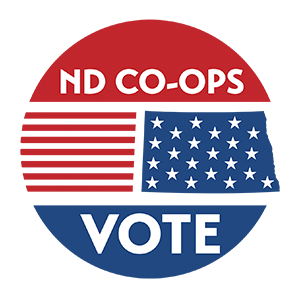 One in five eligible North Dakotans turned out to vote in June’s primary election. My county did better than the state average with 43% voter turnout in Kidder County. But little Billings County in western North Dakota, home to Theodore Roosevelt National Park and 945 people, did better than all of us with 59.25% voter turnout. Teddy would be proud.
One in five eligible North Dakotans turned out to vote in June’s primary election. My county did better than the state average with 43% voter turnout in Kidder County. But little Billings County in western North Dakota, home to Theodore Roosevelt National Park and 945 people, did better than all of us with 59.25% voter turnout. Teddy would be proud.
In election years, North Dakota Living offers its platform as the state’s largest circulated publication to familiarize voters with the candidates seeking statewide office.
North Dakota Living posed two questions to candidates in select statewide races, including U.S. senator, representative in Congress, governor and lieutenant governor, and public service commissioner. Their responses are published here through page 31.
CONSTITUTIONAL MEASURE 1 – SCR 4001
Put forth by the state Legislature, this measure updates terminology used in the state constitution to describe several state institutions.
It would change the “school for the deaf and dumb of North Dakota” to the “school for the deaf and hard of hearing,” the “state hospital for the insane” to the “state hospital for the care of individuals with mental illness” and “an institution for the feebleminded” to “a facility for individuals with developmental disabilities.”
For 27-year-old Joanna Larson, the desire to return home to take part in the family farm operation in Sheyenne has as much to do with building community as it does farming. A strong independent streak also doesn’t hurt.
She’d like to see things done differently and wants to put her stamp on the farm and further afield.
That includes eventually transitioning to more sustainable agricultural practices at the family farm.




